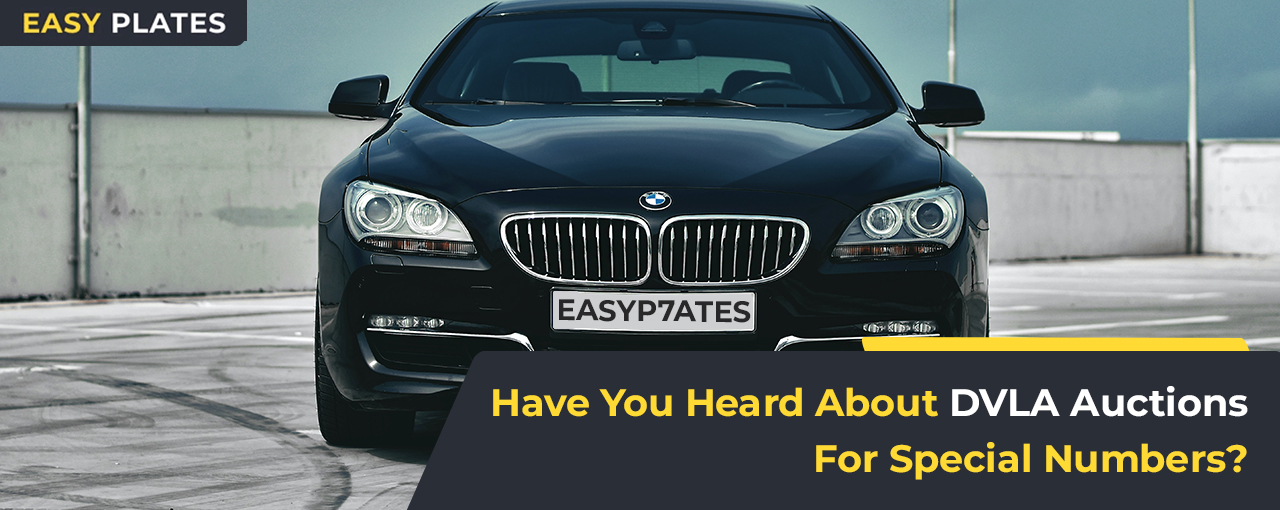Private Personalised Plates - Everything you need to know
While the UK’s priciest personalised number plate sold for an impressive £518,480 in 2014, private plates aren’t just for the ultra-wealthy. You can pick one up starting at around £130 through a DVLA auction, adding a unique touch to your car.
What is a Private/Personalised Registration Number?
If you own a private number that’s not currently in use, you can apply to assign it to your vehicle.
How to Buy a Personalised Number Plate
1. Find Your Number
To start, purchase the private number you want. Once you’ve found your ideal plate, you can buy it through the DVLA (directly or at auction) or from a private seller. When purchasing from a private seller, ensure all documents, including the Certificate of Entitlement (V750) and/or retention document (V778), are genuine and registered with the DVLA.
2. Find Your Number Plate Supplier
Once you have the number, you’ll need the physical licence plate. This requires ordering through a registered supplier. As a DVLA-approved number plate supplier, we offer road-legal plates that you can order directly.
3. Assign Your Number
Assign the number to your vehicle via the DVLA website or by post (using your Certificate of Entitlement and the vehicle’s logbook). Online assignment is instant, allowing you to add the new plate to your vehicle right away. Remember, once assigned, the new number plate must be on your vehicle before you drive it.
Rules for Choosing a Registration Number
While customising your registration is exciting, there are a few important rules to keep in mind:
Types of Plates:
- CURRENT – The current format includes two letters (location), two numbers (year), and three random letters.
- PREFIX – Used from 1981 to 2001, with the first letter indicating the car’s age.
- SUFFIX – In use from 1963 to 1981, where the last letter indicated the car’s age.
- DATELESS – Older plates without age indicators, often highly valuable for collectors.
Limits:
- You cannot use a number that makes a car appear newer than it is, such as placing an ‘07’ plate on a 2003 car.
- Vehicles with ‘Q’ or ‘NIQ’ (for Northern Ireland) registrations cannot use private numbers unless the vehicle is classified as such.
- Avoid offensive or inappropriate combinations, as these are not permitted.
Rules for Displaying Your Number Plate
Your plate must be easy to read, so there are specific guidelines to follow:
- No 3D plates, as these may interfere with camera readability.
- No modifications that alter letters or numbers.
- Official font must be used.
Ordering from a DVLA-approved supplier is the easiest way to ensure compliance and avoid fines.
After Assigning a Private Number
Once assigned, you’ll receive:
- A new logbook (V5C) – needed if you sell the car.
- Your original MOT (if it was submitted for tax or assignment).
Retain the original registration plates, as they’ll be reassigned if you remove the private number.
You should also notify:
- Your insurance provider
- Automatic services like the Congestion Charge, Low Emission Zones, and Clean Air Zone Charges
How to Remove a Private Number (Retention)
If you no longer wish to use your private number, you can apply to remove it and put it ‘on retention’ for future use. You’ll receive a V778 retention document as proof. Private numbers not in use must be renewed every 10 years, or more frequently if purchased before 2015.
Selling a Private Number
If you decide to sell, you can do so privately or through a dealer. When selling privately, do not share images of your V750 or V778 documents to prevent misuse.
Transferring a Private Number
If you want to move your plate to a new car, the DVLA offers this service for £80. Be sure to keep your insurance updated as well.
If you enjoyed this guide, you might also like our other articles on vehicle customisation and maintenance!



